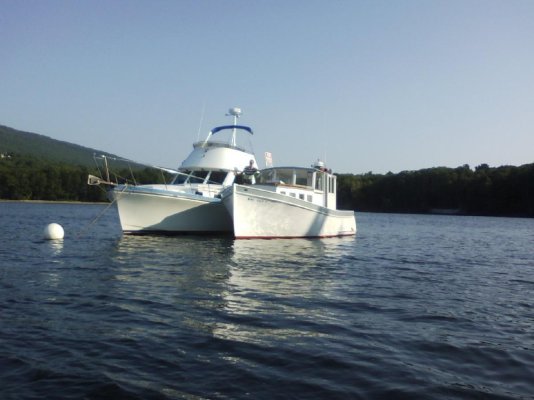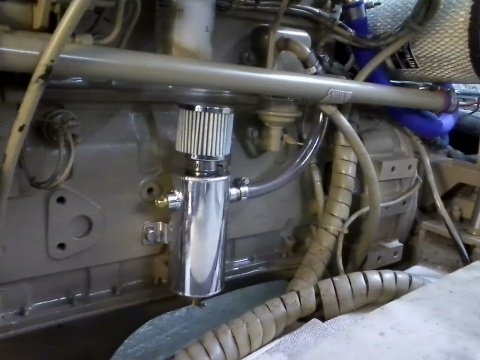PenBayCruiser
Veteran Member
I recently bought a 1987 Shannon 32 Brendan with the original pair of Cummins 6BT 210 hp engines with just under 1200 hours. The port engine idles is rough and vibrates more than I'm used to from idle to about 1200 rpm. The starboard engine runs smoothly. Someone had also put a container to catch oil from the ventilation tube and there was about a pint in there. Don't know how long that took to accumulate, will be keeping an eye on that.
Any thoughts or similar experience and how was the problem solved? Thanks!
Photo of our boat since 1966 "Spindrift" and the Shannon "Plover" together.
Any thoughts or similar experience and how was the problem solved? Thanks!
Photo of our boat since 1966 "Spindrift" and the Shannon "Plover" together.



